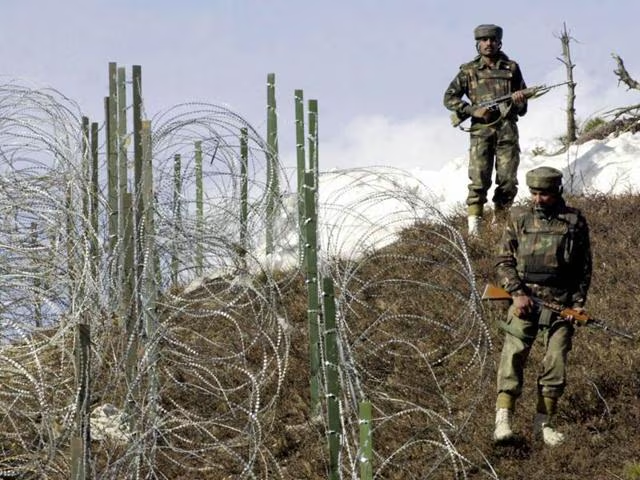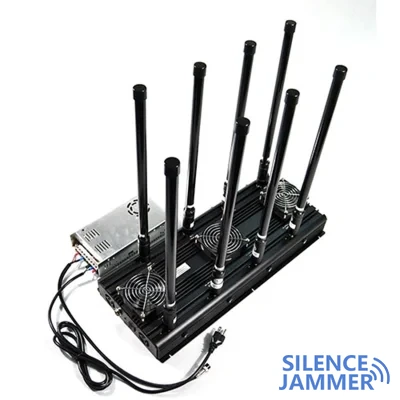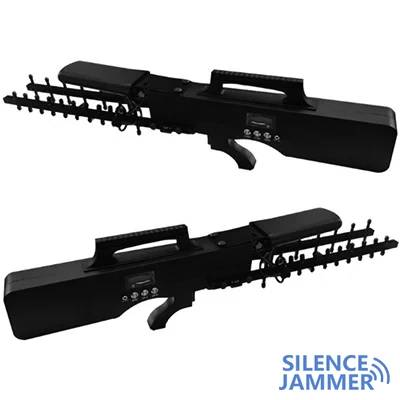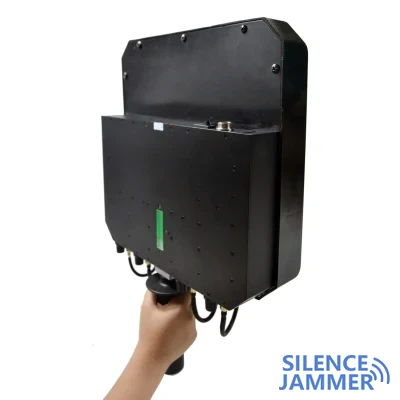In modern warfare, improvised explosive devices (IEDs) remain one of the main threats facing soldiers. Especially in conflict areas such as Jammu and Kashmir, militants frequently use remote-controlled devices to create explosions.
To protect the safety of soldiers, the Indian Army has begun to introduce portable signal jammers during patrols to prevent the detonation of remote-controlled IEDs.
Function and Design of Signal Jammers
According to reports, these portable jammers were developed by the Indian Defense Research and Development Organization (DRDO) and are mainly used to dismantle any remote-controlled IED. Each jammer device weighs about 80 kilograms, is equipped with a battery, and can interfere with various radio frequencies within a radius of 50 meters. This high-power electromagnetic signal can effectively prevent the detonation of radio-controlled bombs, providing soldiers with a safer combat environment.
"Jammer blockers are now part of patrols or any operations, whether it is anti-infiltration or other operations along the Line of Control," said soldier Surinder Singh (pseudonym) during the patrol. This comment highlights the importance of signal jammers in actual military operations.

Necessity of safety measures
Due to frequent attacks by enemies using IEDs, the Indian military has decided to introduce radio signal jammers to ensure the safety of soldiers while on patrol. The use of these devices will not only enhance the combat effectiveness of soldiers, but also increase their chances of survival on the battlefield.
These IED jammers will be used in the deployment and combat missions of rapid response teams, VIP escort vehicles, convoy escorts, troop movements, and counter-insurgency operations. Officials, describing the risks faced by soldiers, pointed out that the deployment of jammer devices has become particularly important as the threats faced by security personnel have increased, especially along the LoC area, where enemies have frequently used mobile phones and radio signals to detonate IEDs.
In recent years, senior officers and BSF soldiers along the LoC and the international border have been attacked by militants using remote-controlled IEDs many times with the support of the Pakistani army and Rangers, so it has become imperative to equip foot and mobile patrols in the border areas with jammer blockers.
| 17 November 2009 | BSF Deputy Commander OP Tanwar was killed in an IED blast in Baland sector of Jammu International Border, while two other BSF paramilitary soldiers were injured. |
| 8 June 2013 | An IED blast occurred along the Poonch LoC, killing an army porter and injuring three soldiers. |
| 12 June 2014 | A patrol team in Gambhir Cantonment in Poonch district also encountered an IED blast, killing one soldier and injuring three people, including a major. |
| 15 December 2014 | Five IEDs were found and defused at the Samba International Border. |
| 29 November 2015 | A truck carrying supplies to a forward post along the Poonch LoC was hit by an IED. |
| 26 December 2015 | Four border guards were injured in an explosion near the International Border in Samba area. |
| 29 May 2016 | Another soldier was injured in an IED blast along the Rajouri LoC. |
Electronic jammers provide strong support for soldiers
The radio jammer has strong electronic countermeasure capabilities and can detect, locate and interfere with frequency conversion communications. In addition, it can monitor and record conventional signals to ensure that soldiers can obtain timely intelligence and support when performing tasks.
These features make jammer devices play an important role in occasions such as rapid response teams, VIP protection, convoy escort, troop movements and counter-insurgency operations.
In general, the introduction of signal jammers has greatly enhanced the Indian army's ability to deal with IED threats. As technology continues to develop, these devices will become more efficient in future military operations and ensure the safety of soldiers' lives.
In the face of an ever-changing battlefield environment, only by constantly updating and upgrading protection technology can we truly protect combatants from potential threats.





